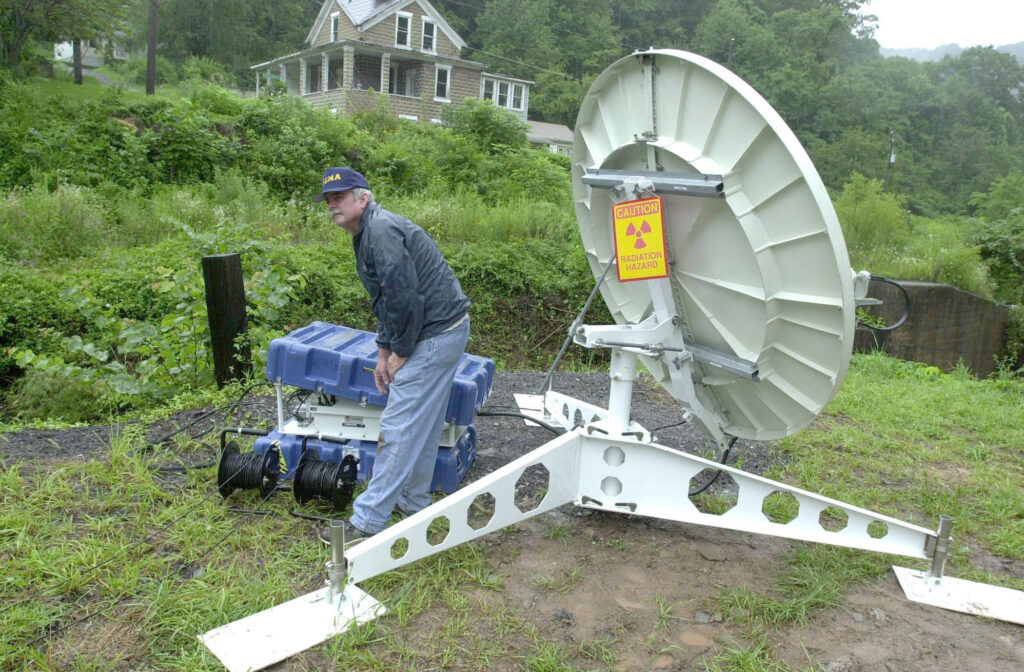Devastating emergencies such as earthquakes and tsunamis wreak havoc on local infrastructure and existing communication capabilities. Deployable satellite communications (SATCOM) enables critical voice connectivity, large data file transfer and high-definition (HD) video streaming to assist in recovery and assistance operations.
SATCOM also enables drones to relay real-time intelligence and situational awareness, identification and communication of ingress and egress routes and facilitates assessments detailing whether emergency responders could be in immediate danger.
These volatile situations also require video conferencing capability between emergency personnel and senior leaders so that they can evaluate conditions on the ground. Given the likely destruction of pre-existing capabilities, SATCOM may be the only alternative.
SATCOM Brings the Backup
We saw in the wake of many recent disasters and emergencies that radio communications and networks can be brought down due to damage to terrestrial infrastructure or the simple overloading of networks. This was especially true following Superstorm Sandy and 9/11 in and around New York City, where the sheer number of family and friends trying to check on their loved ones overloaded networks and made it impossible to connect via mobile device to anyone on the ground.
This is a real concern that can derail a coordinated emergency response effort, and is only exasperated by the natural restrictions of radio networks – including line-of-sight limitations.
That’s why Commercial SATCOM (COMSATCOM) is becoming a desirable back-up for nations looking to build redundancy and resiliency into their disaster and emergency response communications networks. Satellite communications aren’t restricted by line-of-site requirements and can be more resilient than radio networks. By deploying mobile terminal systems, satellites will continue to operate through earthquakes, tsunamis, hurricanes, floods, terrorist attacks and any other emergency situations – ensuring that the flow of information is never compromised.
Case Study: Emegency.lu
Emergency.lu is a global multi-layer platform for the international humanitarian community that aims to improve the worldwide preparedness and rapid response capacity by filling the communication gap in the first hours and days after a disaster.
When a natural disaster hits, it is vital that those needing help have access to a system that provides efficient and critical communications. But with terrestrial services often damaged, disrupted , or becoming overloaded by people phoning for help, providing a connection with the rest of the world is often a difficult and lengthy process.
Video: How Emergency.Lu provides humanitarian assistance via satellite
This is where emergency.lu comes in. Since emergency.lu is a multi-layer platform consisting of satellite infrastructure and capacity, communication and coordination services, satellite ground terminals for rapid as well as long-term deployment and transportation of equipment to the disaster area within the first 12 to 20 hours. It can restore communication capabilities quickly and thus enable efficient rescue efforts or information flow from those affected to their loved ones.
The 24/7 basis of the emergency.lu platform is an innovative, end-to-end service for the international humanitarian community. This pioneering platform has improved the effectiveness of rapid response.
Next-Generation Emergency Response Communications
With the emergence of high throughput satellites (HTS), and next-generation LEO and MEO constellations that offer incredible throughputs and low latency, COMSATCOM has become a viable alternative for delivering voice, video and data – regardless of how much bandwidth is required.
Today’s disaster and emergency response is more effective than ever before. It works quickly to stem the amount of property damage, reduce the number of casualties and works to ensure the safety of the emergency responders providing relief. To accomplish this, emergency response teams rely on constant communication and collaboration. Nations are increasingly turning to COMSATCOM to deliver the resiliency and redundancy they need to ensure the networks driving communication are always on and always available – regardless of the conditions on the ground.
For more information on the use of COMSATCOM in emergency situations, click on the following additional resources:
